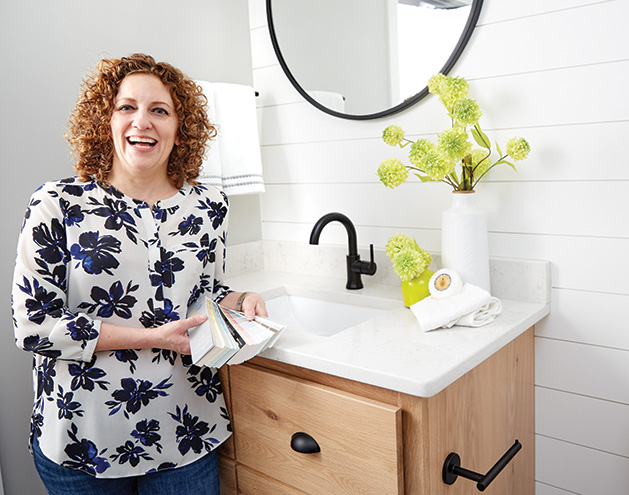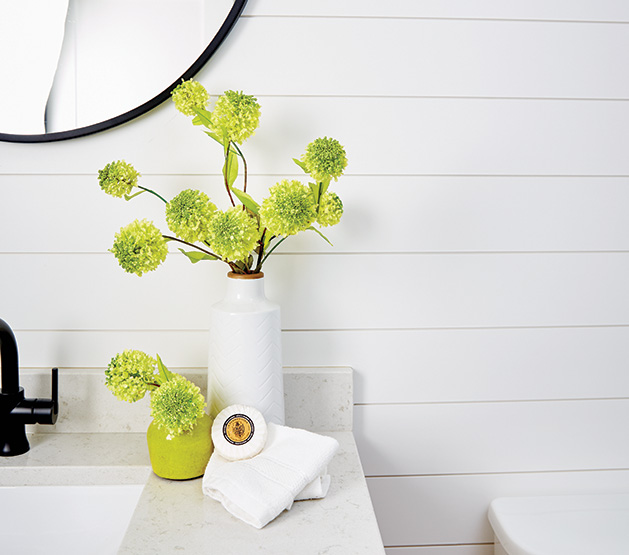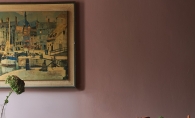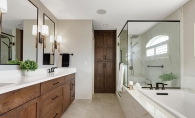
If paneling from the ‘60s and ‘70s sounds dated and out of touch with today’s interior design trends, it shouldn’t be—at least not exactly.
By now, many of you have heard or read about shiplap, which as modern as it feels, is really a reincarnation.
“It’s not a new thing,” says DeAnne Koppendrayer, who is an experienced interior designer with LDK Builders and her own independent contracting company, Designs by D. “The name is just different.” Koppendrayer is talking about shiplap, a kind of wood (typically white, but Koppendrayer says that color and materials can be played with, depending on the design) that’s typically stacked up horizontally to create texture on the wall or other space.
While the look doesn’t achieve the same aesthetic that wood paneling did in the decades passed, the way it’s installed and overall feel might bring back some feelings of nostalgia for those who grew up with wood paneled walls. However, Koppendrayer urges those who are remodeling not to think about shiplap in the same way as wood paneling from the Flower Power days. “It’s definitely a higher class look than in the ‘60s and ‘70s,” she says. “It’s pretty versatile and very adaptable.”

The installation method varies, as well, with shiplap taking a bit more time and care to install than wood paneling. Koppendrayer recommends hiring a finishing carpenter to get the job done instead of doing on your own, although adventurous DIYers might consider themselves up to the task.
While commonly installed with a finishing gun and then painted, Koppendrayer says that some are opting for shiplap done in cedar, white oak or other materials, citing designers wanting to bring the feeling of the outdoors inside. In Minnesota, trying to recreate the feel of the cabin at home is a goal for many home decorators. “It warms up the design,” Koppendrayer says.
Koppendrayer says that what’s nice about shiplap is its versatility and use in different design concepts. “You don’t want to overdo it,” she warns, saying that the feature should really be used as an accent piece rather than covering an entire wall. “It’s nice because there isn’t that color variation,” she says.
As far as where to install shiplap, the opportunities are endless. Koppendrayer says that while the element is usually used in mid-century farmhouses, it can be integrated into most modern designs while remaining current. “Don’t do a room and incorporate it into the design,” she says. Instead, make it part of the elements of the home. “As long as it follows suit of the style of the home, it should be good.” Koppendrayer has seen shiplap utilized in plenty of creative places, including vanity walls, dining rooms and behind mudroom benches.
Like most DIY trends as of late, shiplap’s popularity has risen due to its appearance on TV shows focused on home redecorating. Koppendrayer cites Joanna Gaines of HGTV’s Fixer Upper fame for bringing it into the spotlight. “She makes livable places,” Koppendrayer says of Gaines.
With shiplap being an easy, modern addition to a home, Koppendrayer says that it shows your home can have style and substance at the same time.
Designs by D
8161 Evergreen Lane N.
Maple Grove
763.639.3573
Houzz: Designs by D
Facebook: Designs by D
Instagram: @designs.by.d.mn









